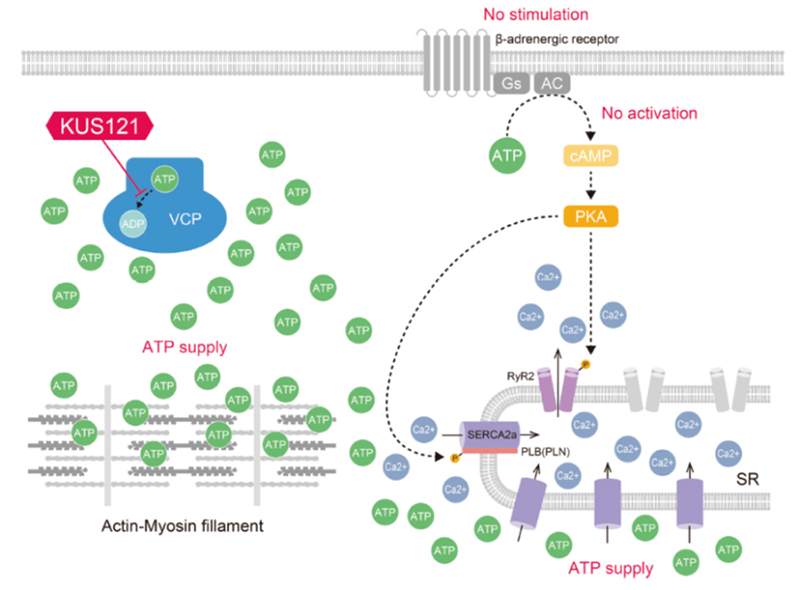2023-12-15 スウォンジー大学
◆8週間のエクササイズプログラムを受けた女性の中で、閉経後5年以内に始めた者は血栓リスクのマーカーが減少したが、閉経後10年以上の者では同様の効果が見られなかった。今後、より広範かつ長期間にわたる追跡調査が計画されています。
<関連情報>
- https://www.swansea.ac.uk/press-office/news-events/news/2023/12/new-research-shows-exercise-can-reduce-the-risk-of-stroke-after-menopause.php
- https://journals.physiology.org/doi/abs/10.1152/ajpheart.00054.2023
閉経後間もない女性では運動トレーニングは血栓形成に有益であるが、閉経後後期女性ではそうではない。 Exercise training induces thrombogenic benefits in recent but not late postmenopausal females
Line Boel Nørregaard,Kate Aiko Wickham,Thomas Ehlers,Marcos Paulo Rocha,Mads Fischer,Martina H. Lundberg Slingsby,Stephen S. Cheung,Phillip Adrian Evans,Jens Bangsbo, and Ylva Hellsten
American Journal of Physiology Published:21 July 2023
DOI:https://doi.org/10.1152/ajpheart.00054.2023
Abstract

Although regular physical activity is known to improve cardiovascular health in men, evidence for its beneficial effects in postmenopausal females is less convincing and it remains unclear whether initiation of exercise training soon after, rather than many years after menopause impacts the magnitude of training-induced adaptations. We evaluated exercise-induced changes in markers of thrombotic risk and conduit artery function in recent≤5yr compared with late≥10yr postmenopausal females. Fourteen recent≤5yr and 13 late≥10yr healthy postmenopausal females completed 8 wk of regular intensive exercise training, consisting of floorball and cycling. Markers of thrombotic risk and vascular health were assessed before and after the intervention, and data were analyzed using a linear mixed model. Exercise training reduced markers of thrombotic risk, including an 11% reduction (P = 0.007) in agonist-induced platelet reactivity and a reduction (P = 0.027) in incipient clot microstructure (∼40% reduction in clot mass) in the recent≤5yr but not the late≥10yr (P = 0.380; P = 0.739, respectively) postmenopausal females. There was no change in conduit artery function, as measured by brachial (recent≤5yr, P = 0.804; late≥10yr, P = 0.311) and popliteal artery (recent≤5yr, P = 0.130; late≥10yr, P = 0.434) flow-mediated dilation. Only the late≥10yr postmenopausal females exhibited an increase (by 9.6%, P = 0.022) in intracellular adhesion molecule-1 levels after training, which may have impacted the thrombogenic adaptation in this group. These findings suggest that 8 wk of high-intensity exercise training reduces thrombotic risk in recent≤5yr, but not late≥10yr postmenopausal females. Thus, regular physical activity initiated soon after, rather than many years after menopause and at a higher age, may be more efficient for reducing thrombogenic risk.
NEW & NOTEWORTHY Eight weeks of high-intensity exercise training reduces platelet reactivity as well as blood clot density and strength in females ≤5 yr past menopause but not in females ≥10 yr past menopause. The divergent response in the late postmenopausal females may be explained by training-induced low-grade systemic inflammation. These findings suggest that regular physical activity initiated soon after menopause, compared with many years after menopause, may be more efficient for reducing the risk of blood clots.


